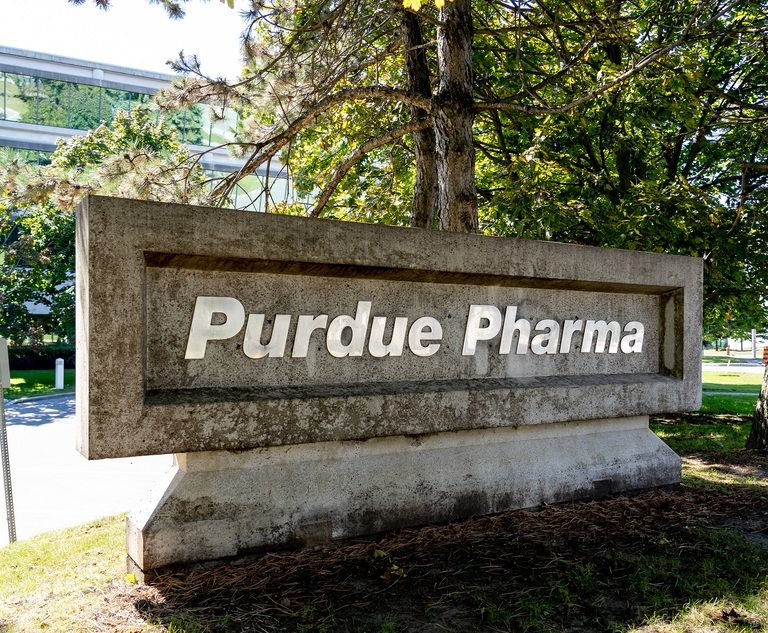The U.S. Supreme Court’s recent decision in Purdue Pharma has put an end to the use of permanent plan injunctions in the form of nonconsensual third-party releases as a reorganizational tool in Chapter 11, at least for now. What was not addressed by the Supreme Court in Purdue Pharma is the propriety of temporary injunctions that halt third-party litigation pending formulation of a Chapter 11 plan (typically a plan that would contain nonconsensual third-party releases). At the outset of a Chapter 11 case, debtors often seek entry of a preliminary injunction pursuant to Section 105(a) of the Bankruptcy Code extending the automatic stay to and temporarily enjoining litigation against nondebtors. Commonly referred to by bankruptcy practitioners and courts as a “105(a) injunction”, this relief is particularly prevalent in cases, like Purdue Pharma, involving multi-party, mass tort litigation where the debtor and certain nondebtors may be co-defendants in prepetition litigation with shared insurance, defenses, evidence and liability.
The rationale for a 105(a) injunction is to stay litigation that could impede the debtor’s reorganization such as by depleting insurance assets, increasing estate liability through indemnification and contribution claims, or distracting debtor principals from attending to their responsibilities in Chapter 11 and formulating a plan. Underpinning most every request for a 105(a) injunction, and particularly in the mass tort bankruptcy context, is the debtor’s primary objective of stopping litigation in multiple forums in favor of addressing claimants’ claims in a single forum (the bankruptcy court) pending an eventual permanent injunction under a plan which includes third-party releases in favor of the nondebtor defendants and/or co-obligors. The breathing spell afforded by a 105(a) injunction enables creditors to analyze whether they would support an eventual plan containing third-party releases.


